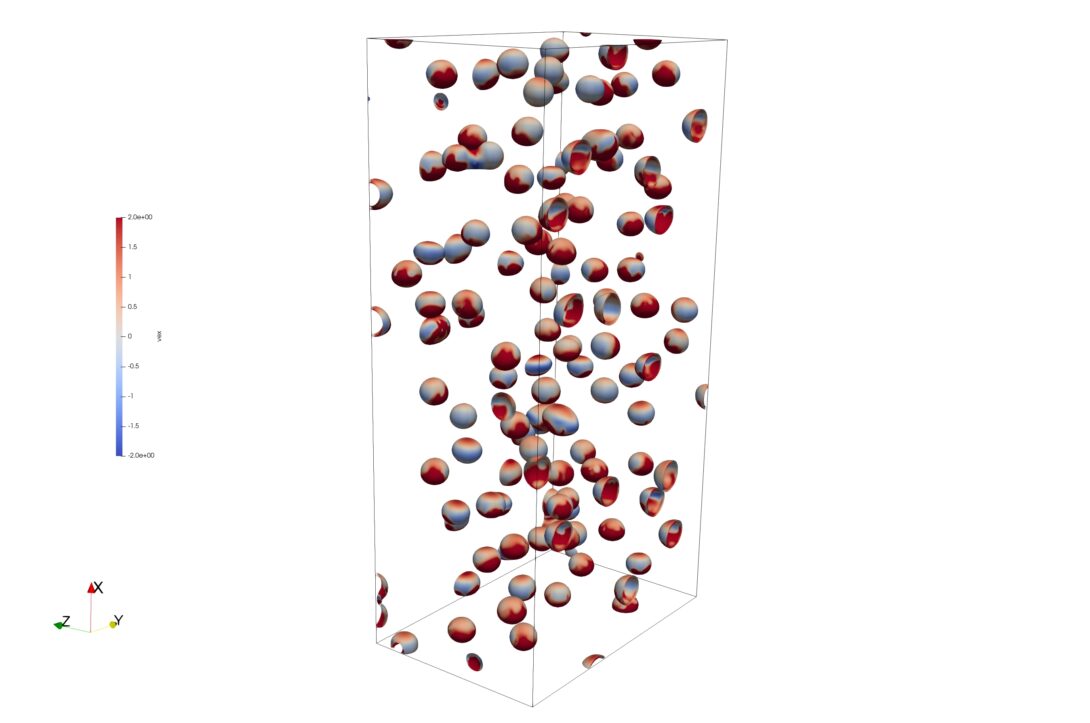Research into flows gets supercomputing boost

Associate Professor Parisa Mirbod, director of the Mirbod Lab at UIC, recently received a 2024 Innovative and Novel Computational Impact on Theory and Experiment (INCITE) project award to help her precisely model flows in different fields.
The award, which is from the U.S. Department of Energy Office of Science, is for a project titled “Interface-resolved Simulations of Scalar Transport in Turbulent Bubbly Flows.”
Mirbod’s team is one of only 75 high-impact initiatives to receive supercomputing time and resources from the Argonne Leadership Computing Facility (ALCF) and Oak Ridge Leadership Computing Facility. The prestigious award provides them with 50,000 node-hours on Polaris at Argonne National Laboratory “to accelerate discovery and innovation.”
“Given the competitiveness of the award, our team is thrilled about this achievement,” said Mirbod, who is working with Professor Luca Brandt, of KTH Royal Institute of Technology in Sweden, and postdoctoral research associate Nicolò Scapin from Princeton University.
Accurately modeling flows is a computationally demanding task that necessitates the use of high-resolution numerical simulations and high-performance computing systems.
“There are very few clusters available that can run this kind of huge code. Lack of access to these clusters is hindering our ability to advance in scientific endeavors,” she said.
The team initiated its research and collaboration with ALCF by examining the turbulent flow of emulsions within a Rayleigh–Bénard convection cell. This process plays a pivotal role in various phenomena such as heat transport in stars, atmospheric flows, and oceanic currents.
“We found a significant enhancement in heat transfer rate by adding droplets to the cell. This is important to industries that are dealing with heating transfer management that want an increase, which would improve efficiency. A thorough understanding of turbulent Rayleigh–Bénard convection with bubbles is also crucial to many areas of research, including weather predictions and climate calculations,” Mirbod said.
UIC students Abbas Moradi Bilondi, a PhD candidate in mechanical and industrial engineering, and Hal Brynteson, a master’s student in computer science, contributed to the research.
Additional support came from ALCF staff members Dr. Christopher J. Knight, and Dr. Saumil S. Patel, who invested valuable time and efforts to this project.